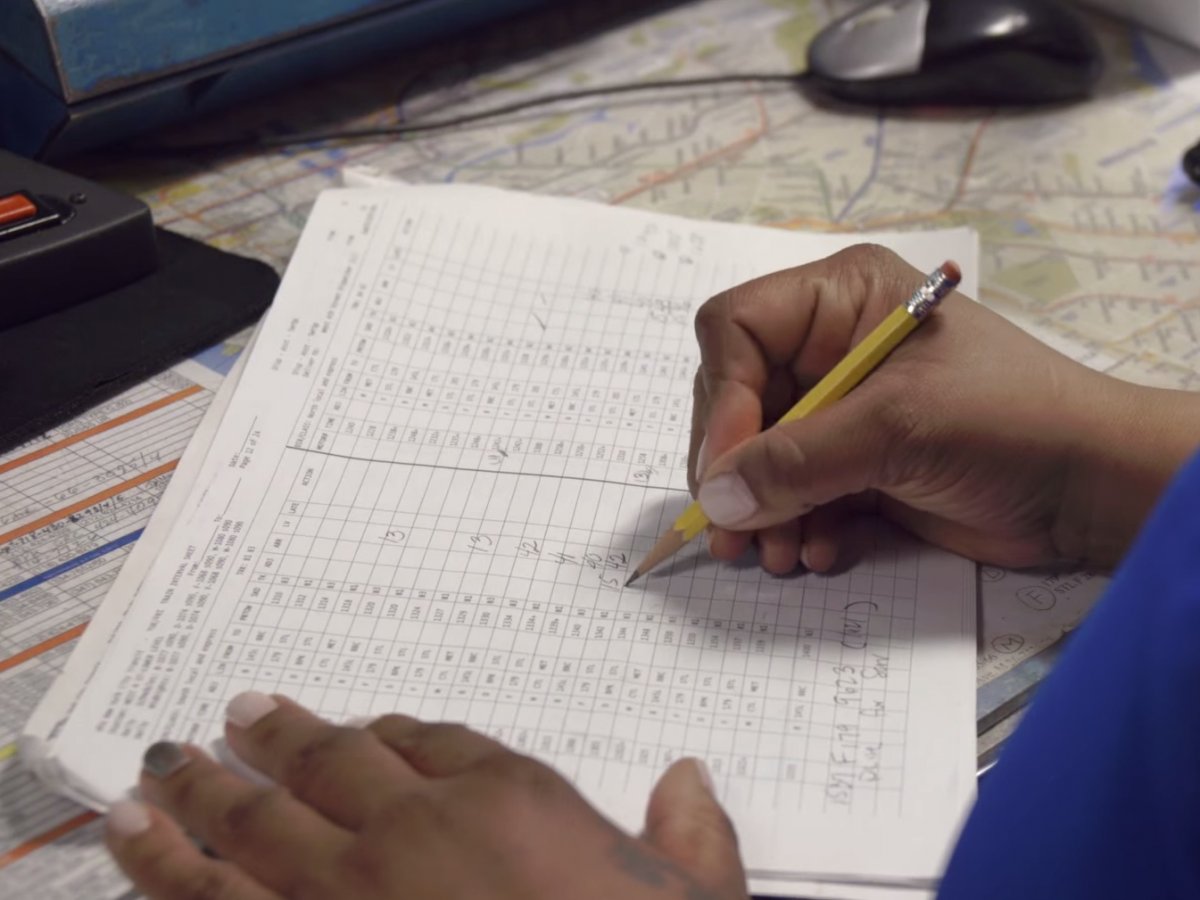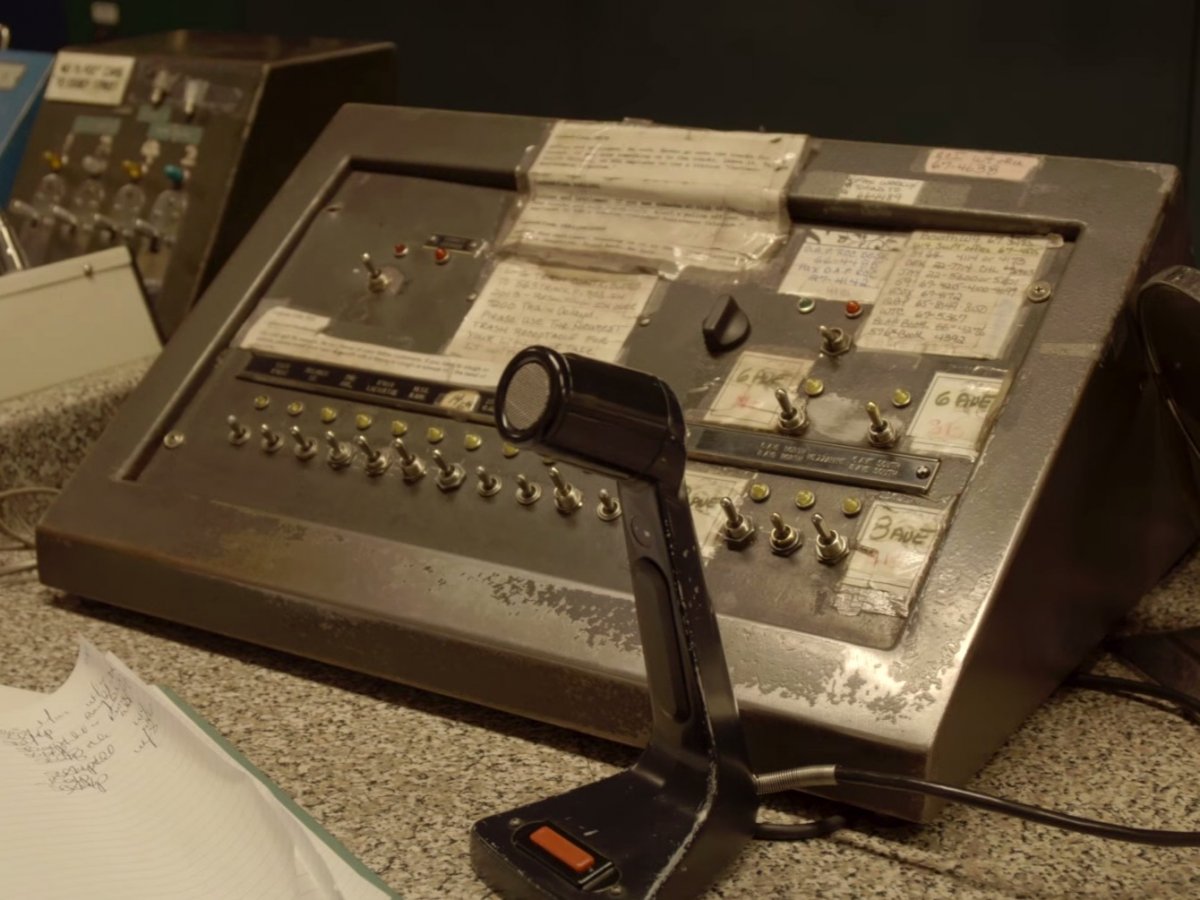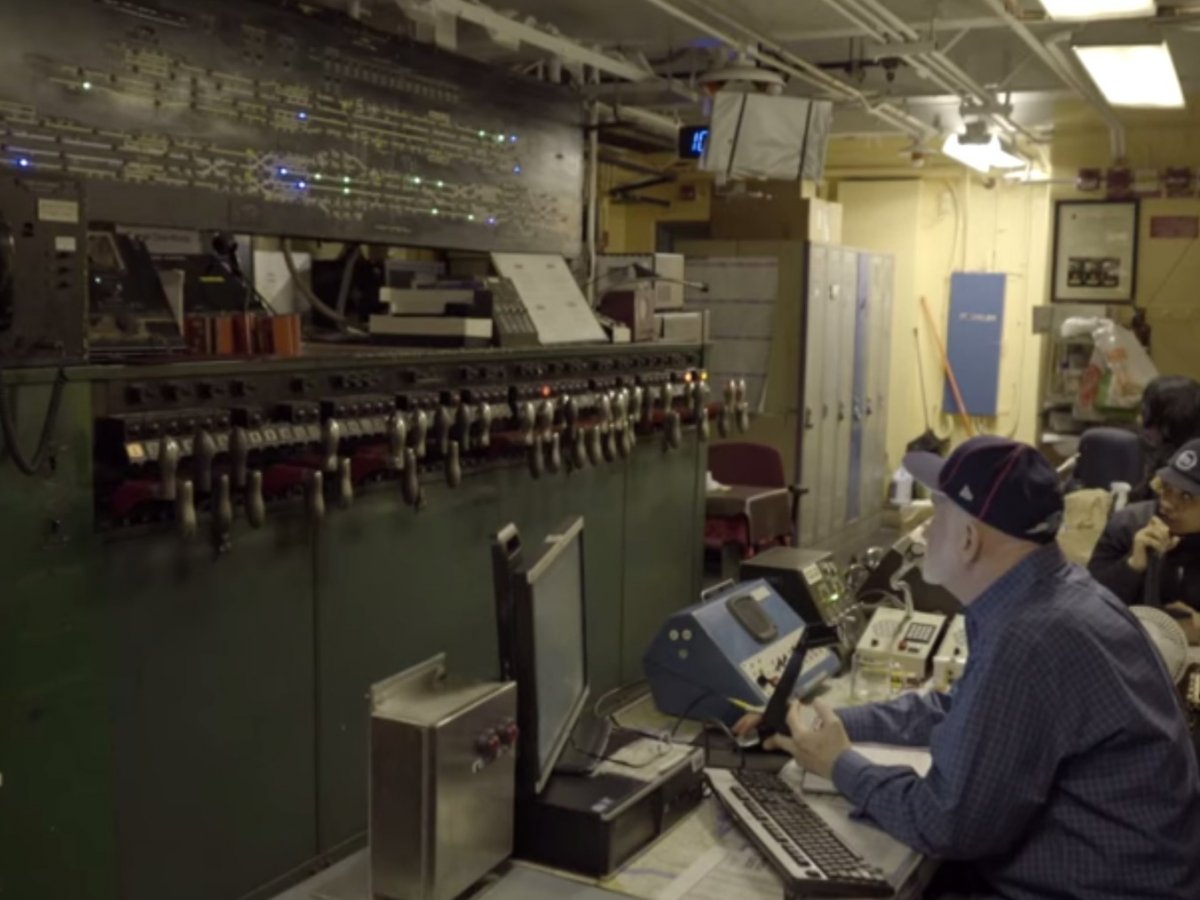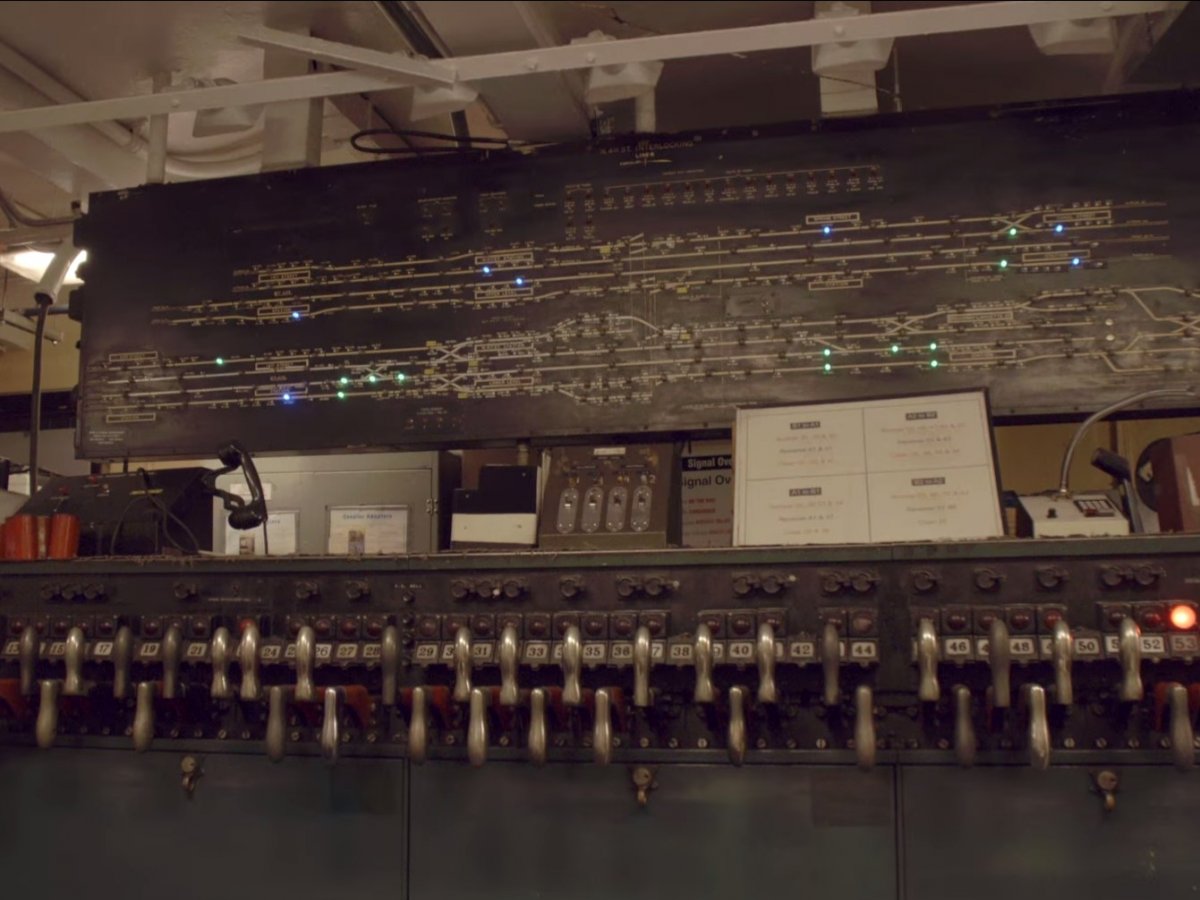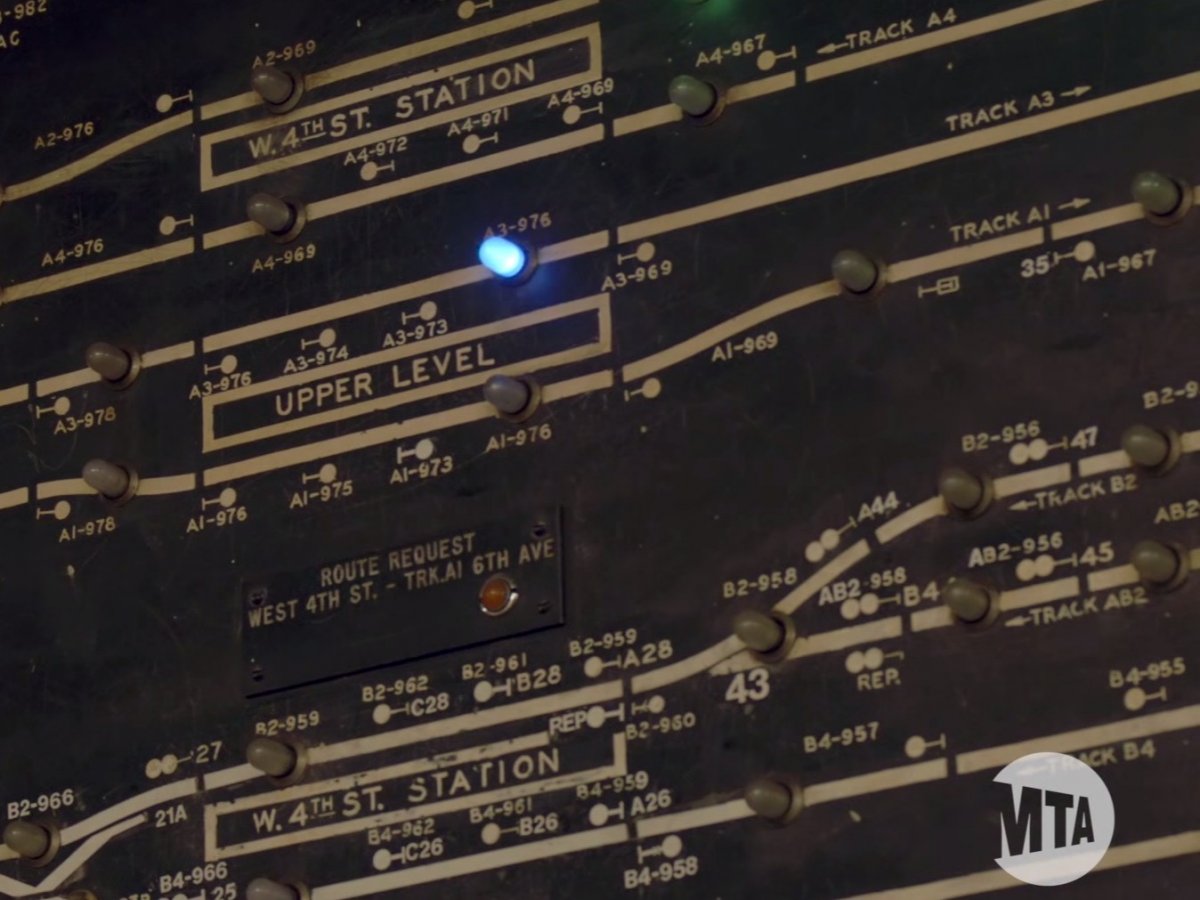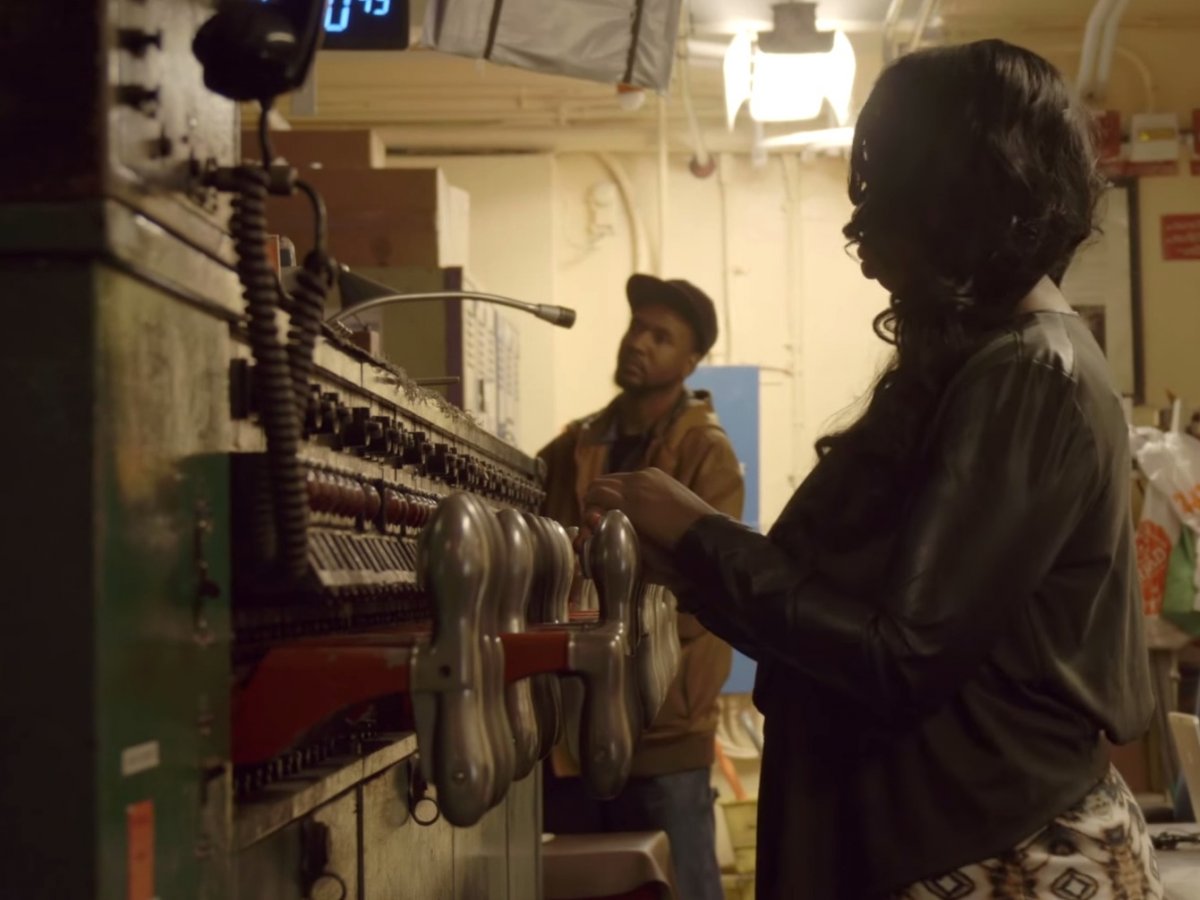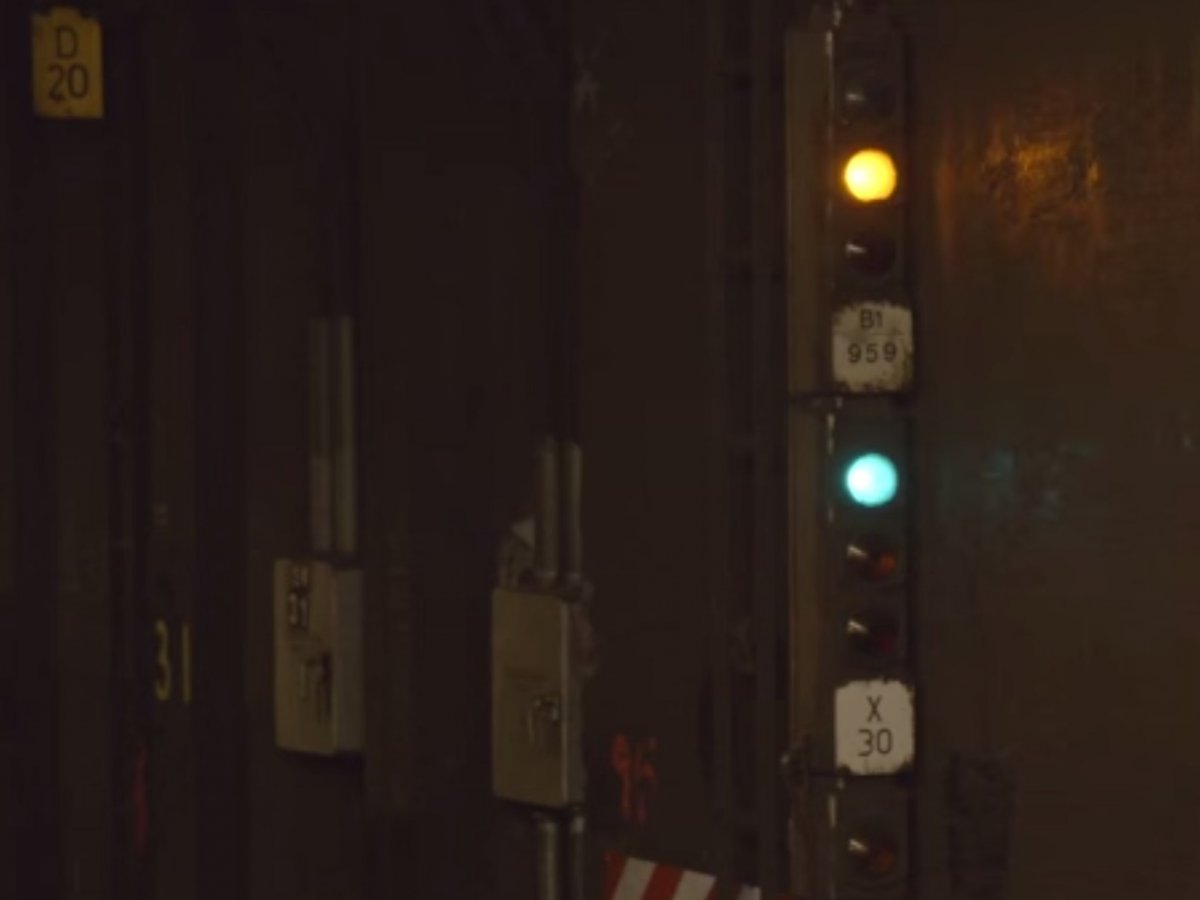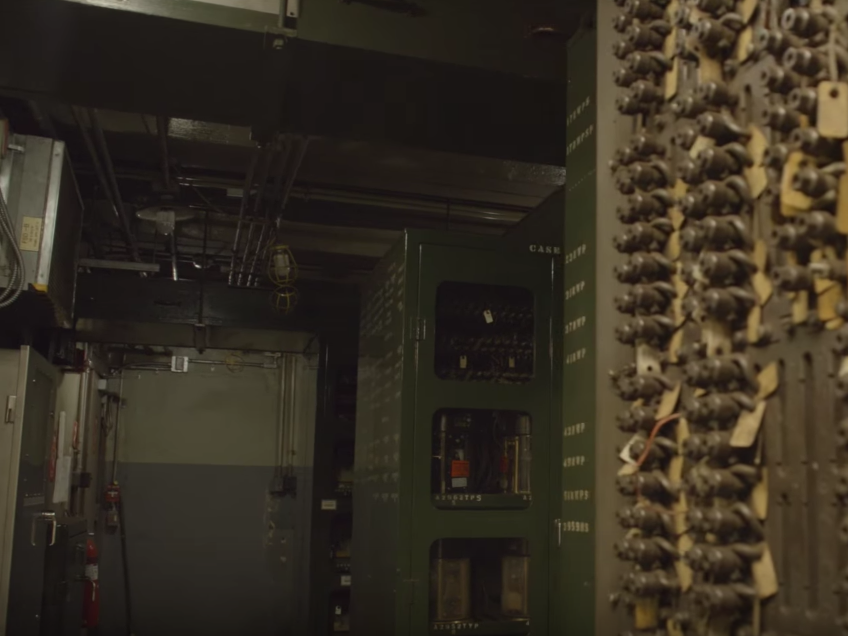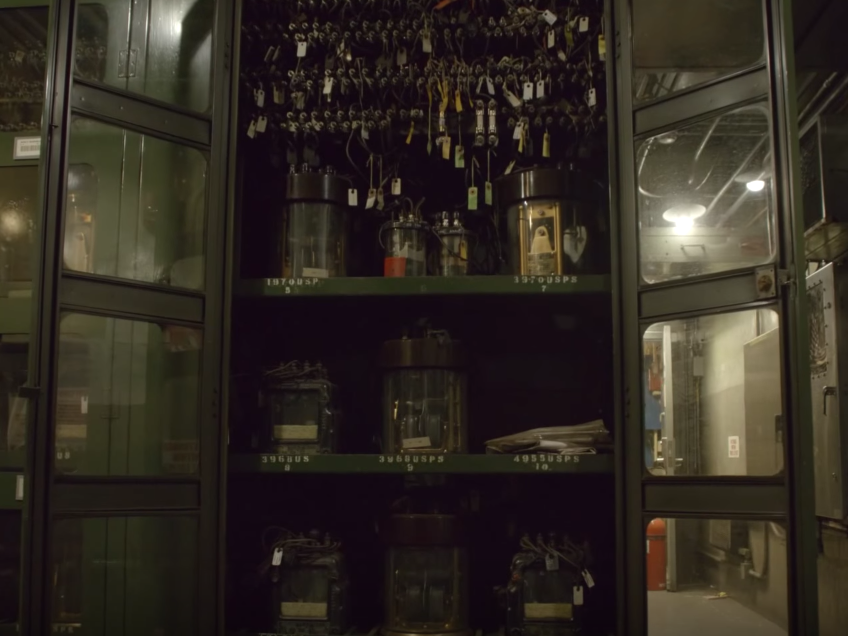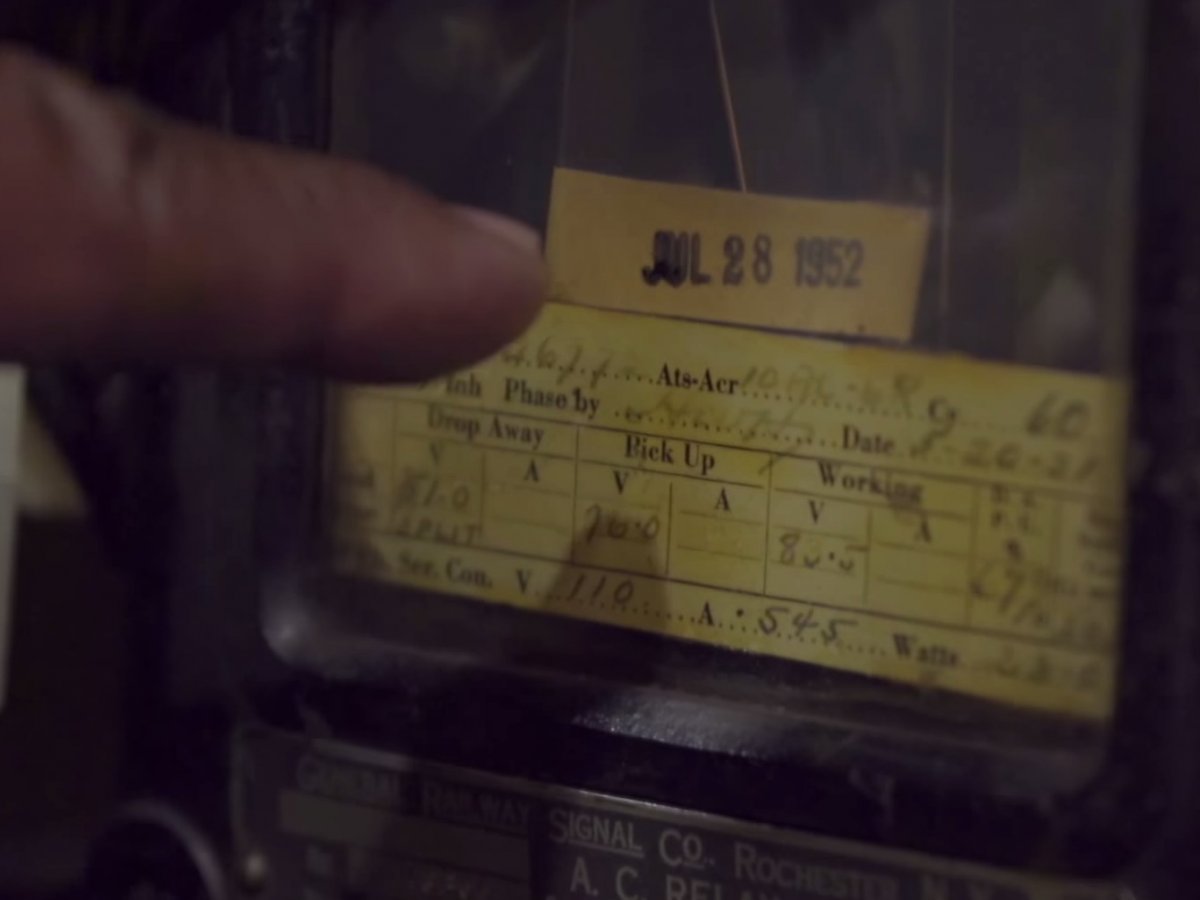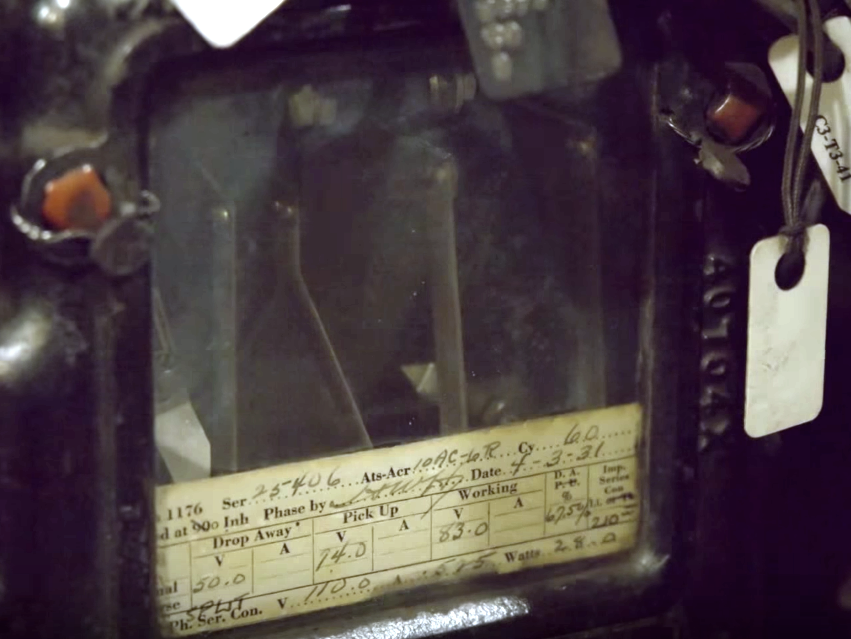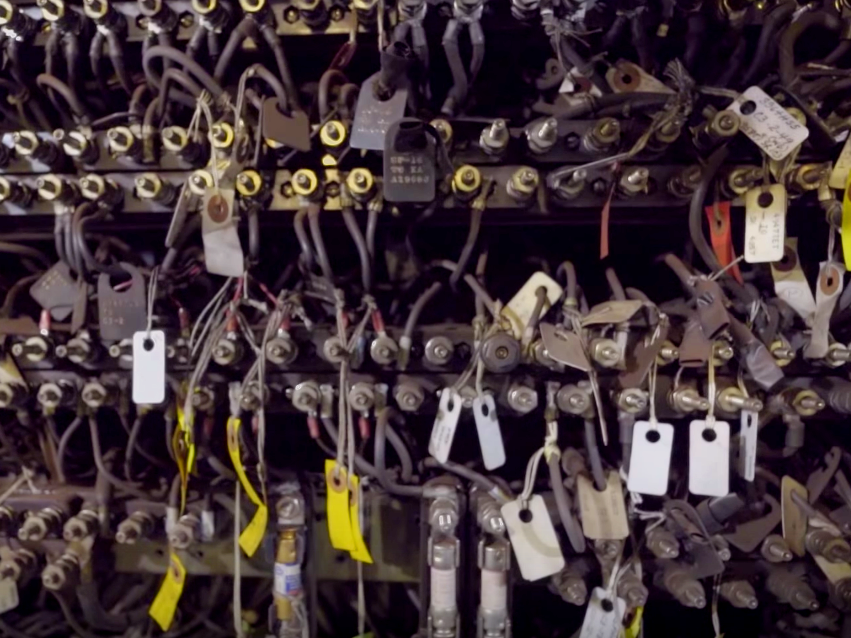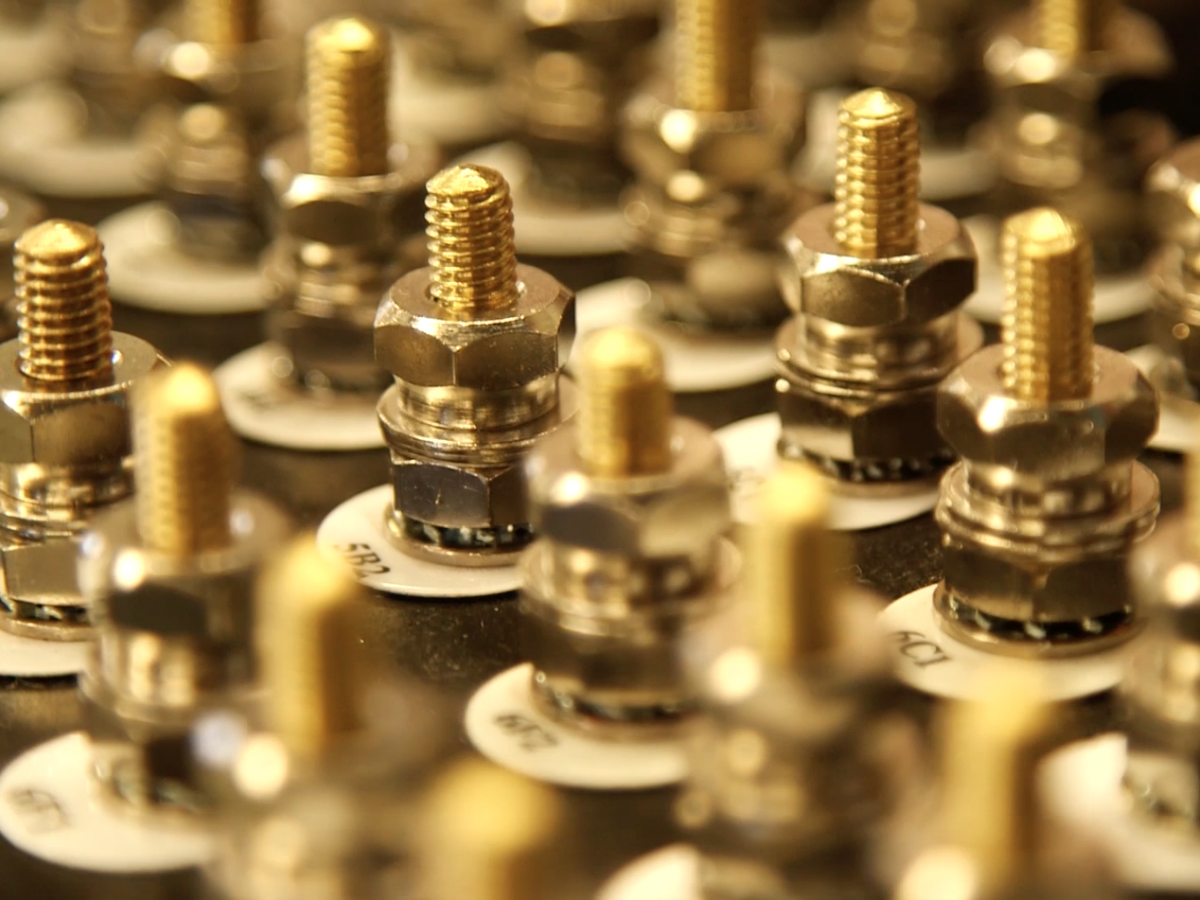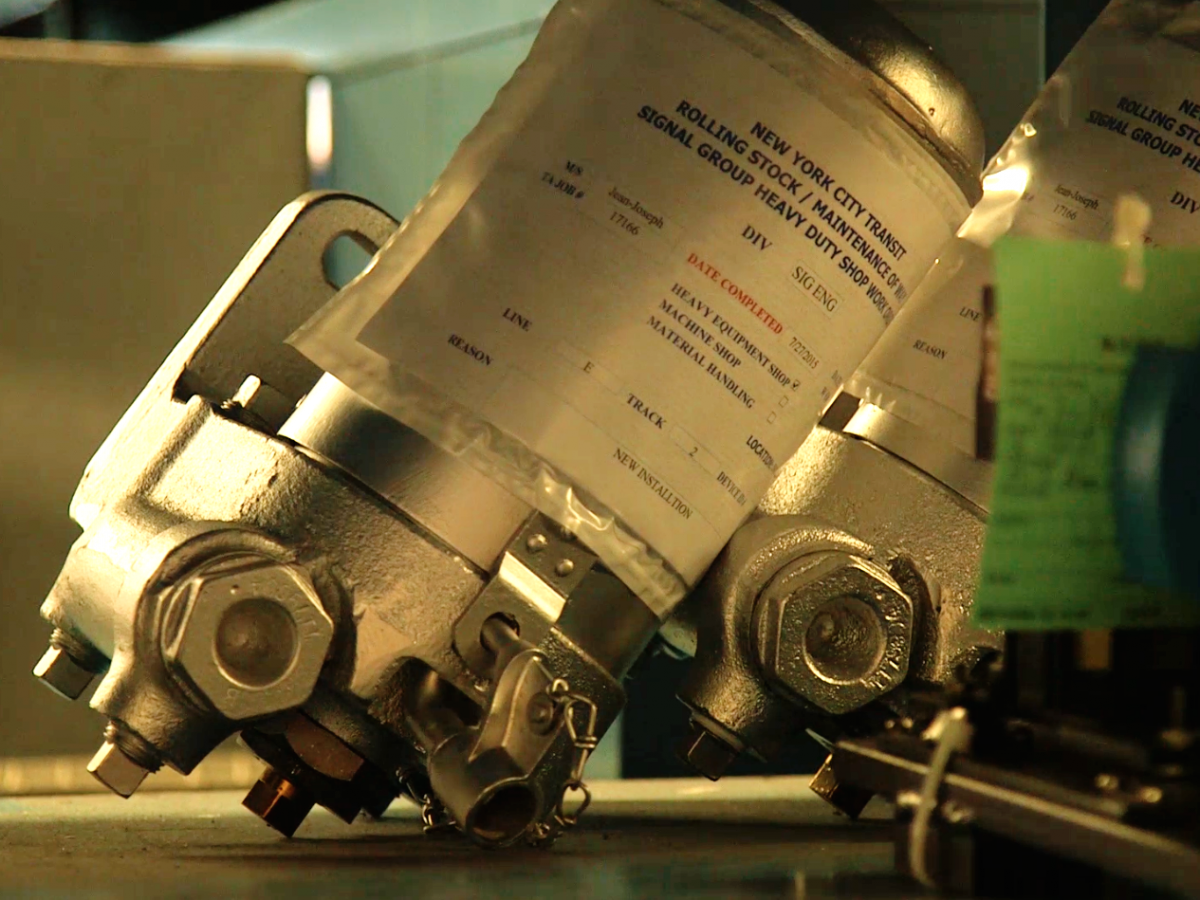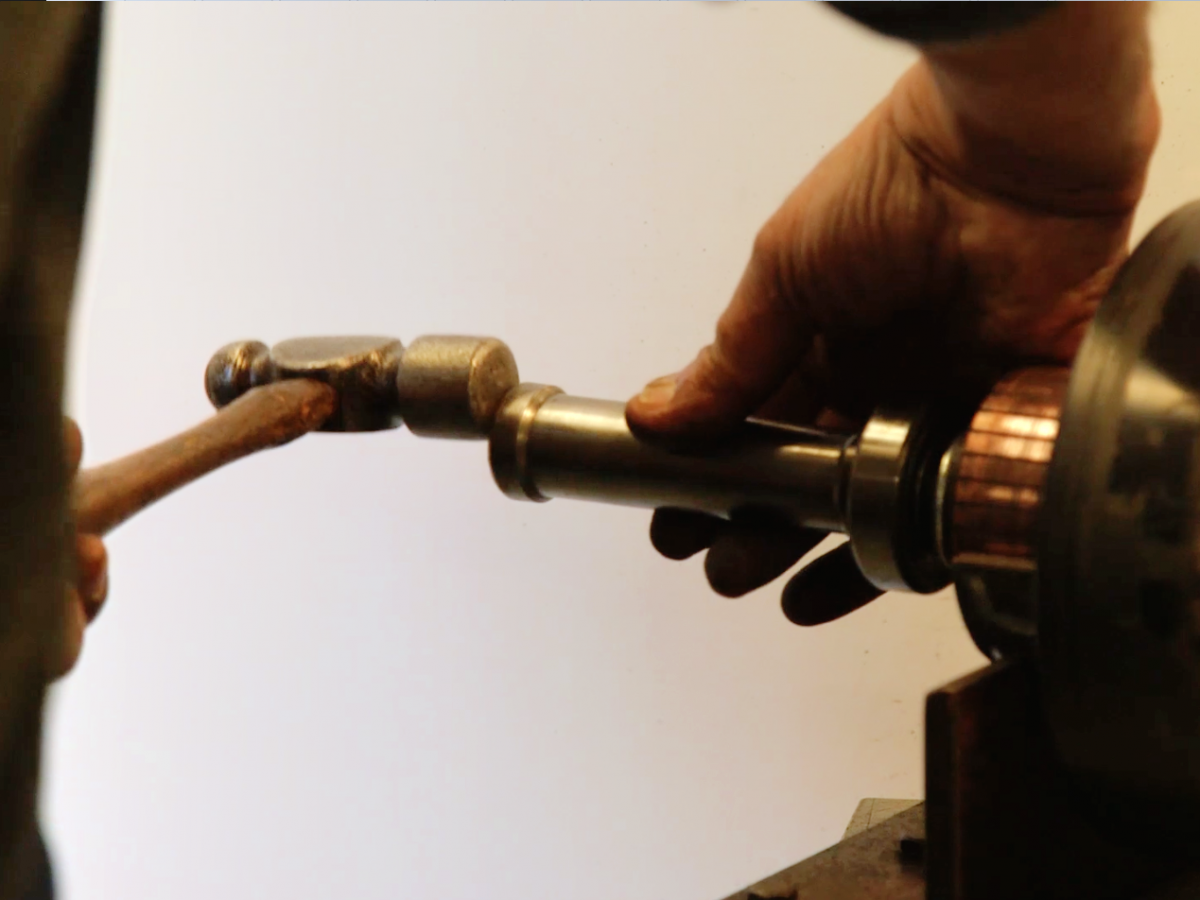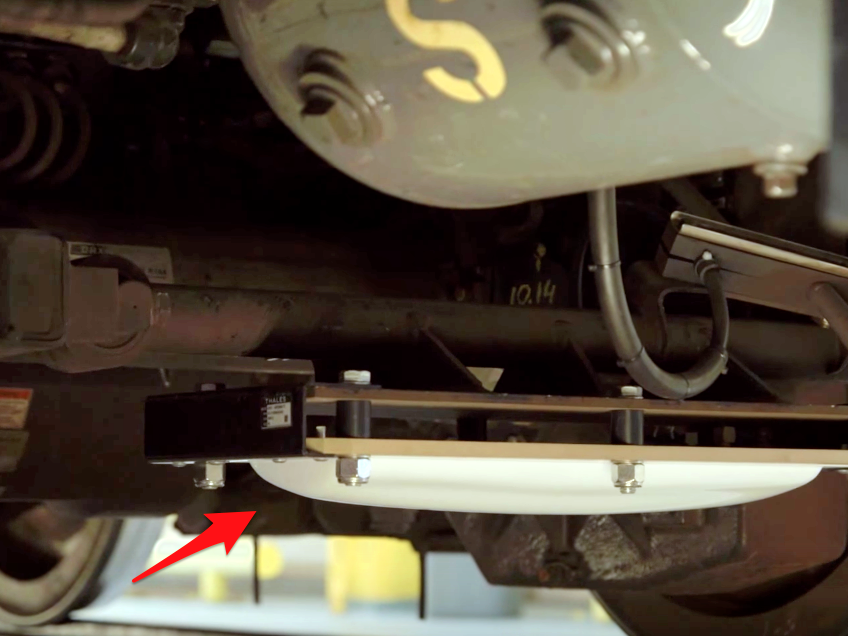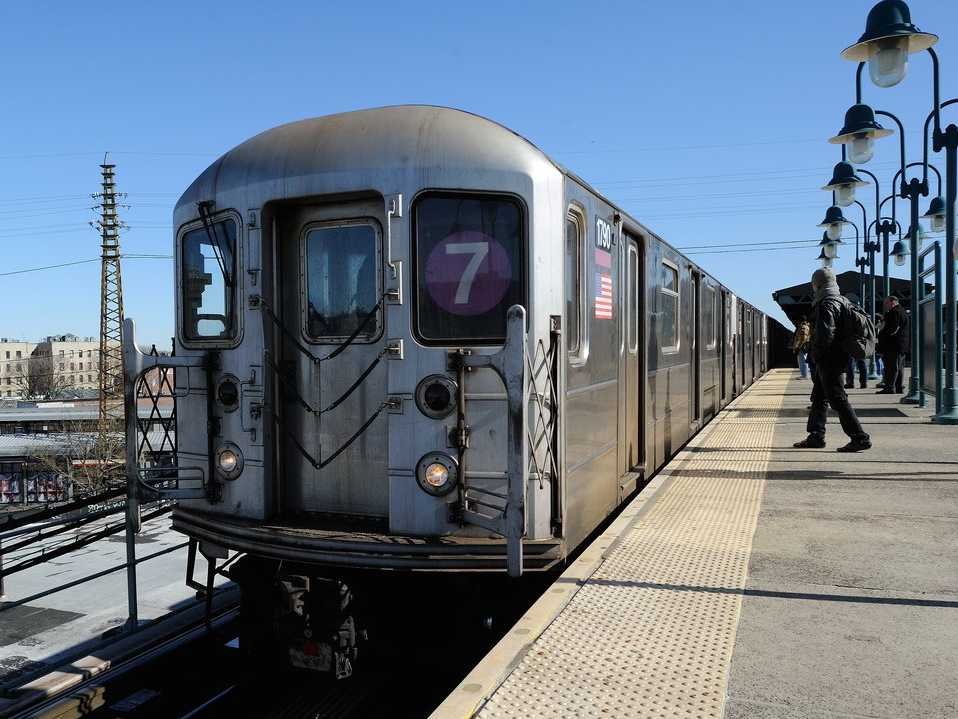 New York City's subway system is so antiquated that MTA employees still track trains by hand.MTA/YouTube
New York City's subway system is so antiquated that MTA employees still track trains by hand.MTA/YouTube
New York City's subway system is one of the oldest metro systems in the world, and it's come a long way since its opening in 1904.
In the past 100+ years, ridership on New York City's subway system has grown to about six million daily riders, and commuters can now get on and off at 472 stations throughout the four boroughs of Manhattan, Brooklyn, Queens, and the Bronx.
But in one significant way, the Metropolitan Transportation Authority's (MTA) subway system has stood frozen in time, and it's causing major headaches for commuters.
The MTA reports that delays have more than doubled over the last five years, and, according to The New York Times, signal problems account for about 13% of all subway delays and are the second most common reason for weekday delays, after overcrowding.
Part of the problem is that the MTA subway system still operates using an antiquated signaling system called block signaling, which only allows MTA employees to see an imprecise location of where a train might be, and much of the technology that operates the trains is more than 100 years old.
While there is a plan in place to upgrade the signal system to a communications-based train control (CBTC) signaling system — a modern, computerized system that would reduce the space in between cars and allow trains to be stopped automatically — the upgrades can't come soon enough for many commuters.
And, unfortunately, due in large part to a lack of funding and the logistical nightmare it will cause to make these upgrades, at the rate things are going, New York City commuters may have to wait half a century to see the entire subway system upgraded, The New York Times reports.
Here's a look inside the outdated system that commuters will have to live with in the meantime:
Graham Rapier contributed to a previous version of this article.
"In our system, it's not just the architecture that’s 100 years old," says Wynton Habersham, vice president and chief officer of subway delivery. "It's a lot of the basic technology as well. The infrastructure is old."
Source: The State of New York Metropolitan Transportation Authority
Here, at the West 4th Street control tower, MTA employees log train movements by hand ...
And use antiquated equipment to announce where they are.
Source: The State of New York Metropolitan Transportation Authority
The interlocking machine and indication panel seen here was installed in the 1930s. "While safe and reliable, it's an old one," Habersham says.
Source: The State of New York Metropolitan Transportation Authority
Every signal on each line is mapped on this board.
Source: The State of New York Metropolitan Transportation Authority
Here's a closer look.
Source: The State of New York Metropolitan Transportation Authority
Staff members manually pull handles to operate track switches and signals that tell train operators when it is safe to pass through a section of track.
Source: The State of New York Metropolitan Transportation Authority
These antiquated signals are changed by the manually operated handles in the control room.
Source: The State of New York Metropolitan Transportation Authority
In the relay room, which houses equipment that allows trains to flow safely along the tracks, much of the technology still dates back from the 1930s and before.
PHOTO OF EQUIPMENT FROM RELAY ROOM
Source: The State of New York Metropolitan Transportation Authority
The cabling that provides the connectivity between the interlocking machine and the relays and the equipment on the tracks is the original cabling. It's so old that it's covered in cloth rather than a more protective covering like plastic, which could pose a fire risk. "If there was any small fire, there's a lot of risk of us losing this entire interlocking machine because it would be so hard to contain the fire," Habersham says.
Source: The State of New York Metropolitan Transportation Authority
"Reliability is certainly becoming more and more of an issue with the age," Habersham says. "It's very hard to maintain."
MORE PHOTOS OF EQUIPMENT IN RELAY ROOM
Source: The State of New York Metropolitan Transportation Authority
Just check out the year on that sticker — over 50 years ago!
Source: The State of New York Metropolitan Transportation Authority
In fact, a lot of equipment like these relays are no longer manufactured.
Source: The State of New York Metropolitan Transportation Authority
"This equipment is not supported at all by the railroad industry," Habersham says.
Source: The State of New York Metropolitan Transportation Authority
That means when equipment breaks, the agency has to either scavenge the system for an extra component or turn to its own machine shop to produce a replacement.
Ben Nigh/Business Insider PHOTO OF MACHINE SHOP
Source: The State of New York Metropolitan Transportation Authority, Business Insider
"The components come back from the field when they need to be rebuilt, and we actually strip them apart here and put them back together with newer parts," says Kenneth Cabrera, a superintendent at the machine shop.
Ben Nigh/Business Insider Source: The State of New York Metropolitan Transportation Authority, Business Insider
These magnets are from the 1930s but have been refurbished to work good as new.
Ben Nigh/Business Insider Source: The State of New York Metropolitan Transportation Authority, Business Insider
Whatever parts can't be bought, the craftsmen of the workshop have to fabricate them.
Ben Nigh/Business Insider Source: The State of New York Metropolitan Transportation Authority, Business Insider
Change is coming, but slowly. The MTA is working to modernize things by switching over to a Communications-Based Train Control (CBTC) system, which is already in place on Canarsie Line L trains.
Installing the system on the L train took over six years, with multiple delays and cost overruns reaching $288 million. The so-called "robot trains" require far fewer operators, too, which drew ire from the Local 100 of the Transport Workers Union of America.
Source: The State of New York Metropolitan Transportation Authority
The rest of the trains currently operate using the older fixed-block signaling system, which allows MTA employees to know the general area of a train —its "block" of about 1000 feet — but not its precise location.
Source: The State of New York Metropolitan Transportation Authority
The new CBTC system attaches transponders under cars, so they can all be tracked in real time.
Source: The State of New York Metropolitan Transportation Authority
This means the new CBTC system can handle more trains at even higher speeds because trains can communicate with each other and will automatically brake to avoid collisions if they get too close.
Source: The State of New York Metropolitan Transportation Authority
The CBTC system is currently being installed on Flushing-bound 7 trains, and someday it will find its way to the entire subway system. It might just take fifty years or so.
Source: The State of New York Metropolitan Transportation Authority, The New York Times



